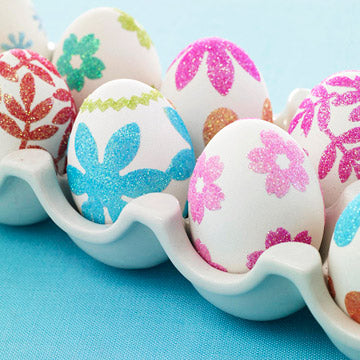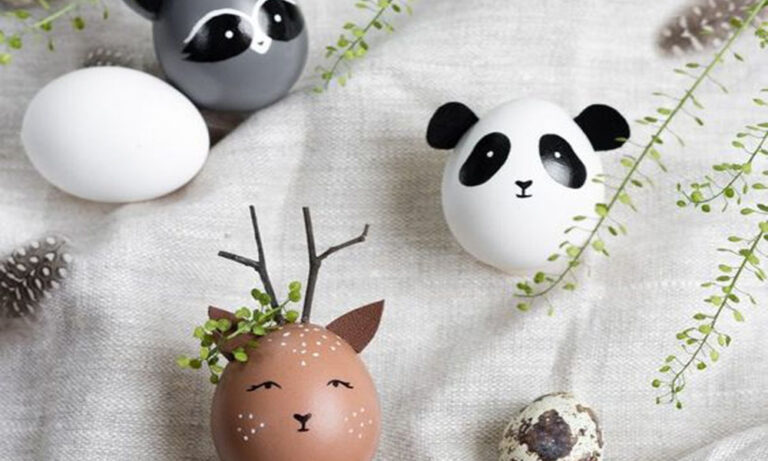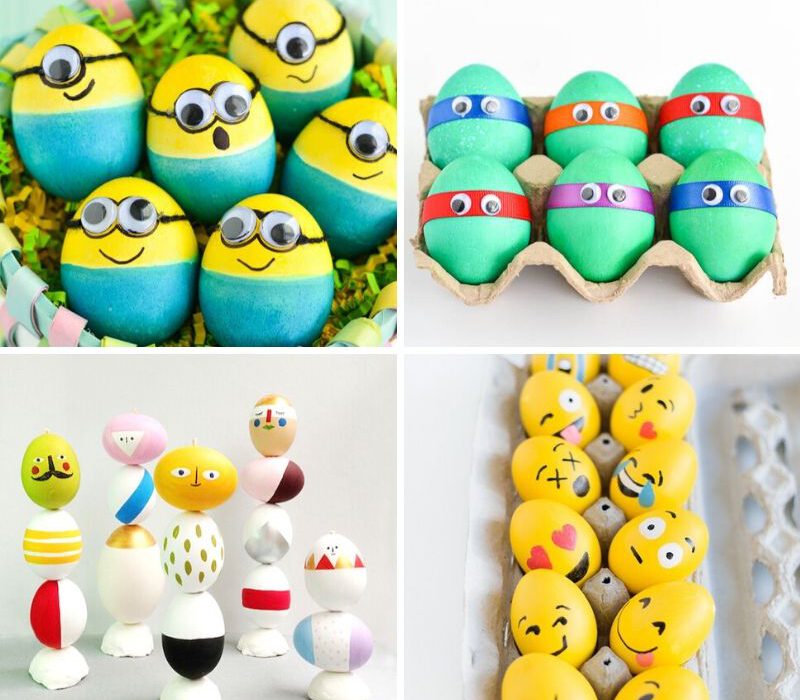Decorating eggs can bring joy and creativity into any festive occasion, be it Easter, a birthday, or simply a family craft day. In this comprehensive guide, we will explore various methods, tips, and personal stories to inspire you to get started on huevos decorados faciles (easy decorated eggs).
The Joy of Decorating Eggs
As a child, I remember the excitement of decorating eggs with my family. It was more than just an activity; it was a way to bond, create memories, and unleash our creativity. Today, I want to share some of those experiences along with some new ideas to help you create beautiful decorated eggs with ease.
Essential Materials for Decorating Eggs
Basic Supplies
- Hard-boiled eggs or faux eggs
- Acrylic paints or natural dyes
- Paintbrushes
- Markers and colored pencils
- Glue and decorative items (glitter, stickers, fabric)
Safety Precautions
Always ensure that your eggs are properly handled, especially if you plan to eat them later. Use food-safe materials and wash your hands frequently during the decorating process.

Popular Egg Decorating Techniques
1. Traditional Dyeing Method
Dyeing eggs with natural colors is a timeless method. Here’s a step-by-step process:

- Boil the eggs and let them cool.
- Prepare a dye using natural ingredients like beets (for red), spinach (for green), or turmeric (for yellow).
- Submerge the eggs in the dye for about 30 minutes, adjusting the time for desired color intensity.
- Rinse and let dry.
2. Decoupage Technique
This technique involves using paper cutouts and glue to decorate your eggs. It’s simple and incredibly fun!

- Gather colorful paper (like napkins or origami paper).
- Cut the paper into small pieces or shapes.
- Apply glue to the egg surface and gently place the paper pieces on top.
- Seal with additional glue and allow to dry.
3. Painting with Acrylics
Painting is another popular method. You can create intricate designs or simple patterns.

- Use acrylic paints for vibrant colors.
- Get creative with brushes, sponges, or even your fingers!
- Seal with a protective clear coat once dry.
4. Using Stickers and Stencils
For a quick and easy approach, use stickers or stencils to create patterns.

- Choose your favorite stickers or create stencils.
- Stick them onto the egg before dyeing.
- Remove once the dye is applied.
Comparison of Decorating Techniques

| Technique | Difficulty Level | Time Required | Materials Required |
|---|---|---|---|
| Dyeing | Easy | 1 hour | Dye, water |
| Decoupage | Moderate | 1.5 hours | Paper, glue |
| Painting | Moderate | 2 hours | Acrylic paints, brushes |
| Stickers | Very Easy | 30 minutes | Stickers |
Pros and Cons of Egg Decorating Techniques

Pros
- Encourages creativity and artistic expression.
- Can be a family bonding experience.
- Various techniques can cater to different skill levels.
Cons
- Some methods may require more time and materials.
- Children may need supervision, especially with paints and glue.
- Natural dyes can be inconsistent in color.
Inspiration from Personal Experiences
One of my fondest memories involves my grandmother teaching me how to dye eggs with onion skins. The deep, rich colors that emerged from those simple ingredients amazed me! It’s a tradition I continue with my children today. Each time, we recount the stories and laughter, making each egg more than just a decoration; it’s a memory preserved in time.
FAQs about Huevos Decorados Faciles
What are the best materials for decorating eggs?
Some of the best materials include hard-boiled eggs or faux eggs, acrylic paints, natural dyes, markers, and decorative items like glitter and stickers.
Can I eat the decorated eggs afterward?
Yes, if you use food-safe decorations and dyes. Make sure to refrigerate them if you’re not consuming them right away.
How can I make natural dyes for egg decorating?
You can use various natural ingredients such as beets for red, turmeric for yellow, and spinach for green. Boil the ingredients in water and use the strained liquid as dye.
What is the easiest method for kids?
The sticker method is the easiest for kids as it requires minimal effort and allows them to be creative without much mess.
Are there any eco-friendly decorating options?
Absolutely! Consider using natural dyes, faux eggs that can be reused, and biodegradable materials for decoration.
Final Thoughts
Decorating eggs, or huevos decorados faciles, is an enjoyable experience that brings families together. No matter which technique you choose, the memories created during the process will last a lifetime. So gather your supplies, invite some friends or family, and start your egg-citing decorating adventure!